Echo Explorer - VR Singing Experience
About the Project
Echo Explorer is a VR experience created during a collaborative master's assignment, where the goal was to design a multisensory environment focused on vocal exploration. Working with Mark Reiter Lynch, Rianna Suazo, and Tianyuan Zhang, we developed a calming and immersive experience where users interact with virtual birds and practice singing by imitating musical notes. The project aims to provide a private, judgment-free space that makes vocal training feel playful and intuitive.
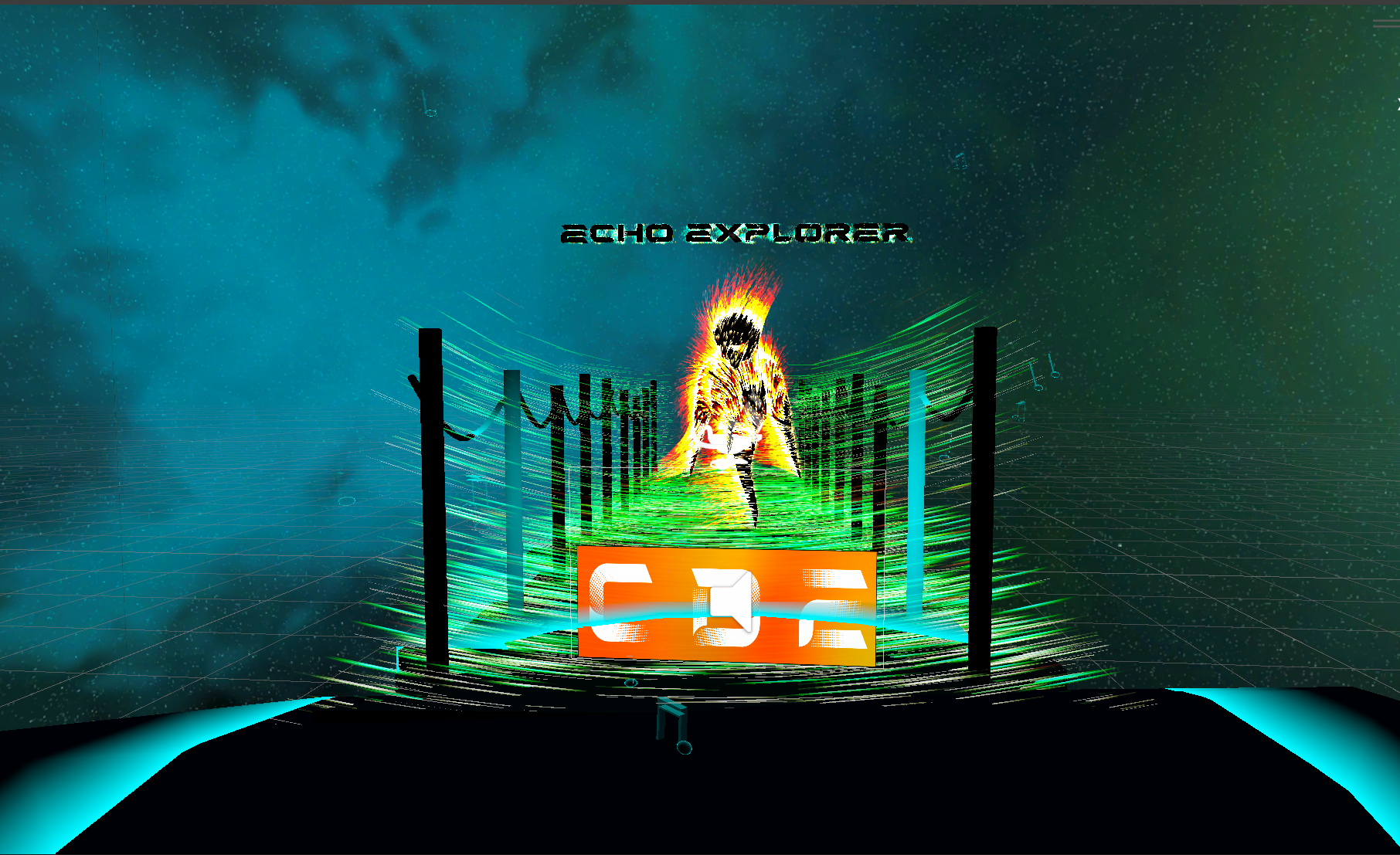
Building the Project
The experience blends sound, exploration, and relaxation. Users begin with instructional UX screens introducing the controls and concept. They are then transported into a serene nighttime mountain landscape, where they interact with birds representing different musical notes:
- Cabin: Introduces note C
- Cave: Progresses to note D
- Camping Area: Features note E
- Lookout Post: Combines all notes before the final bridge
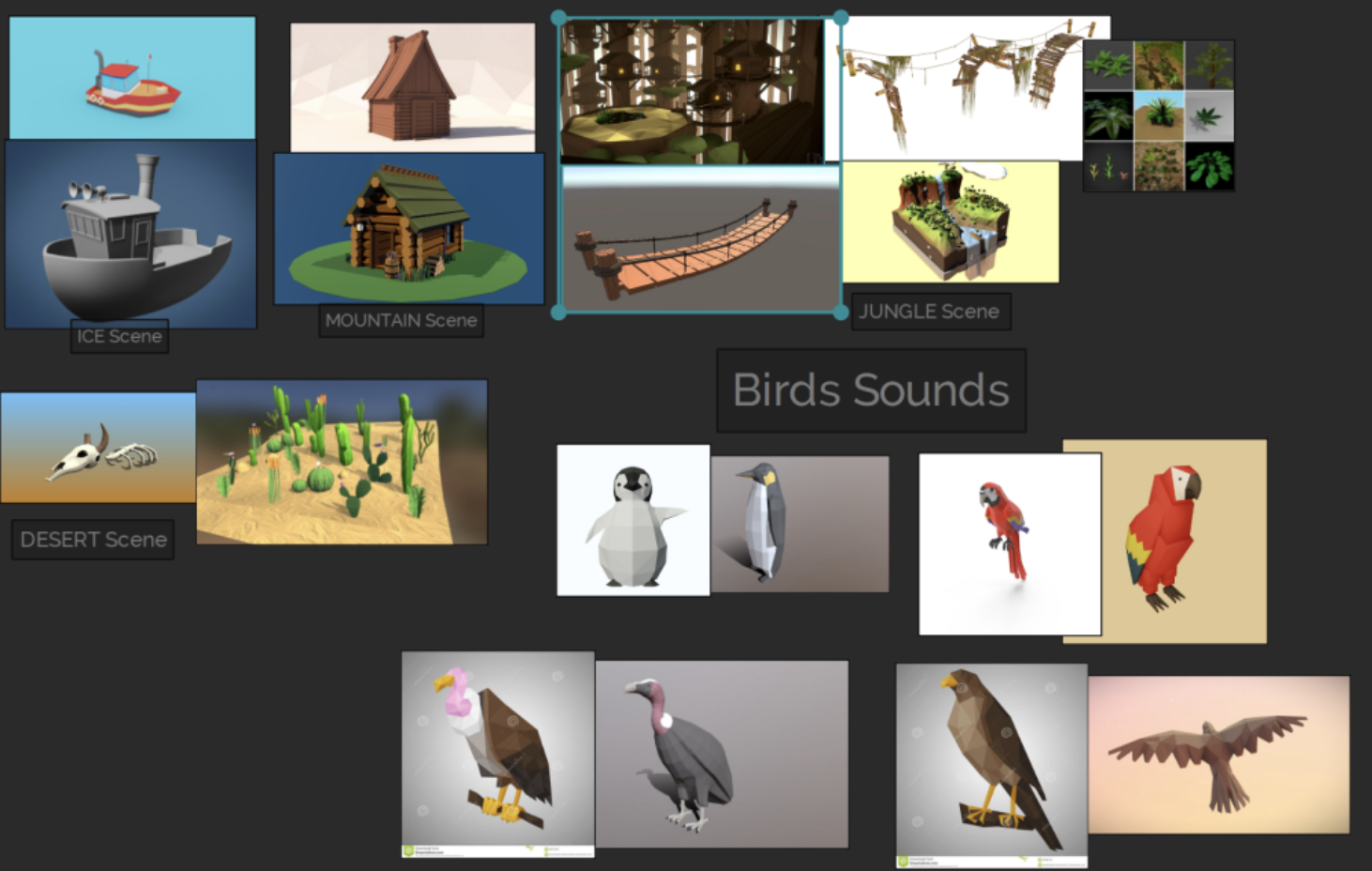
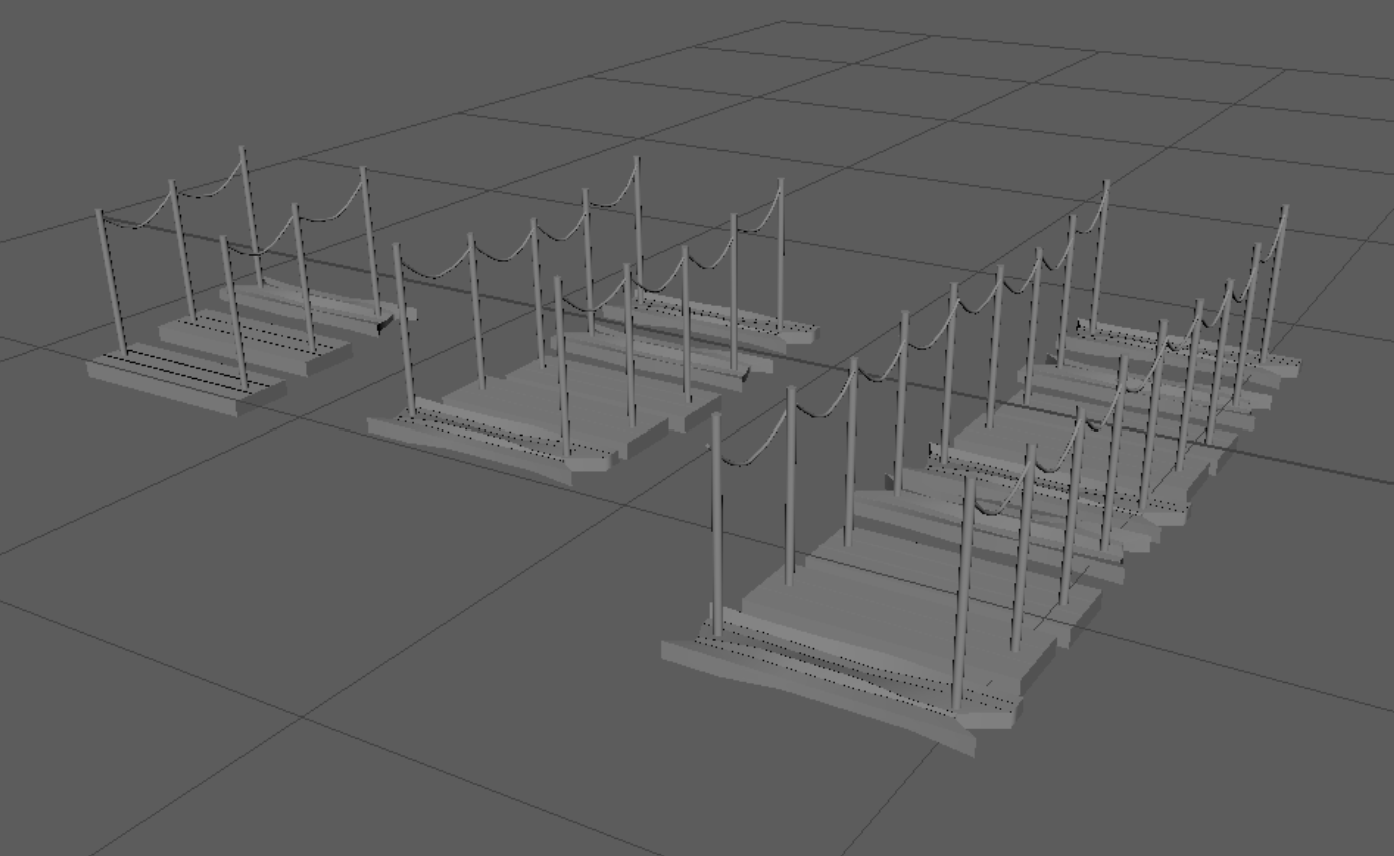



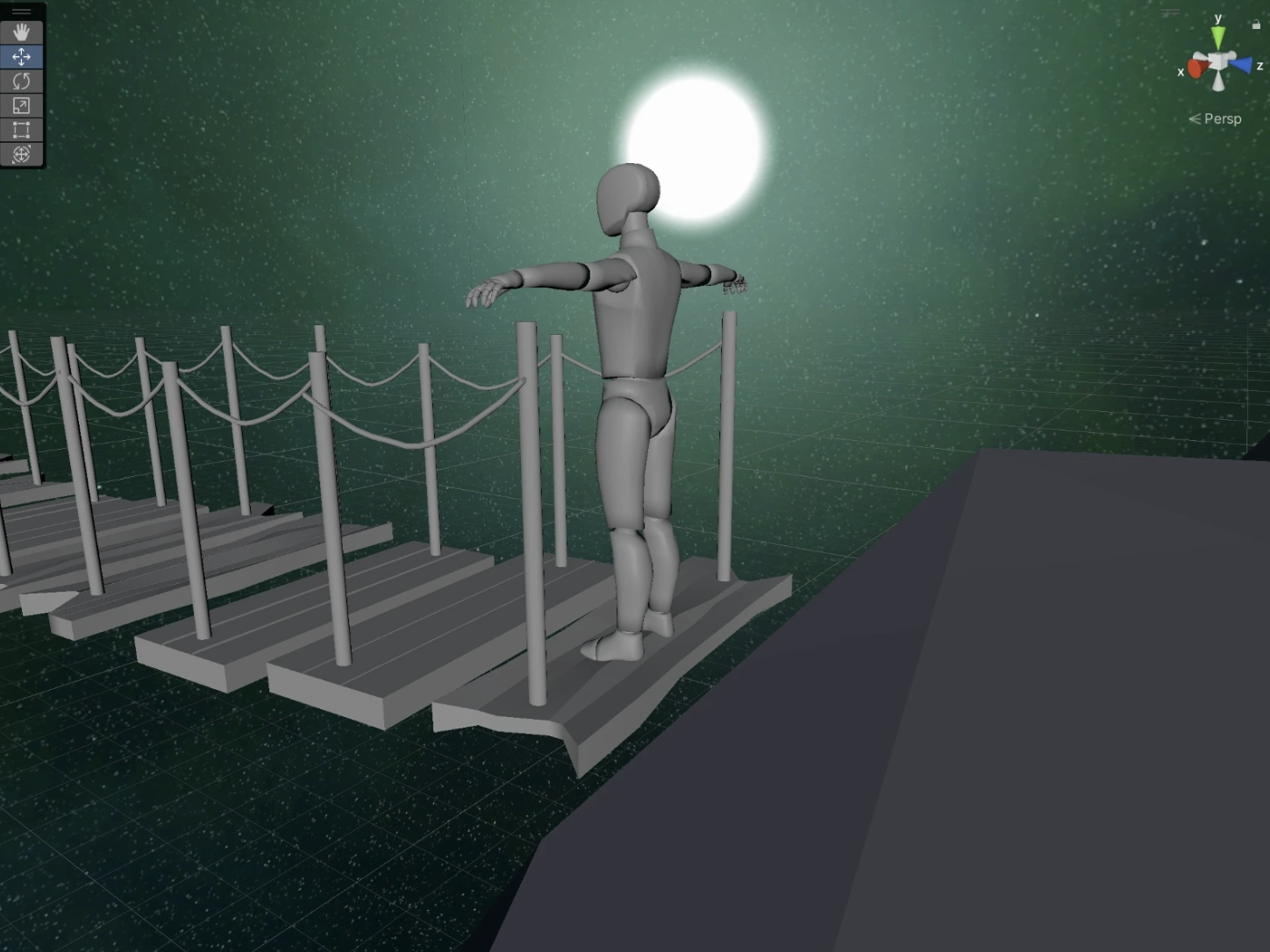
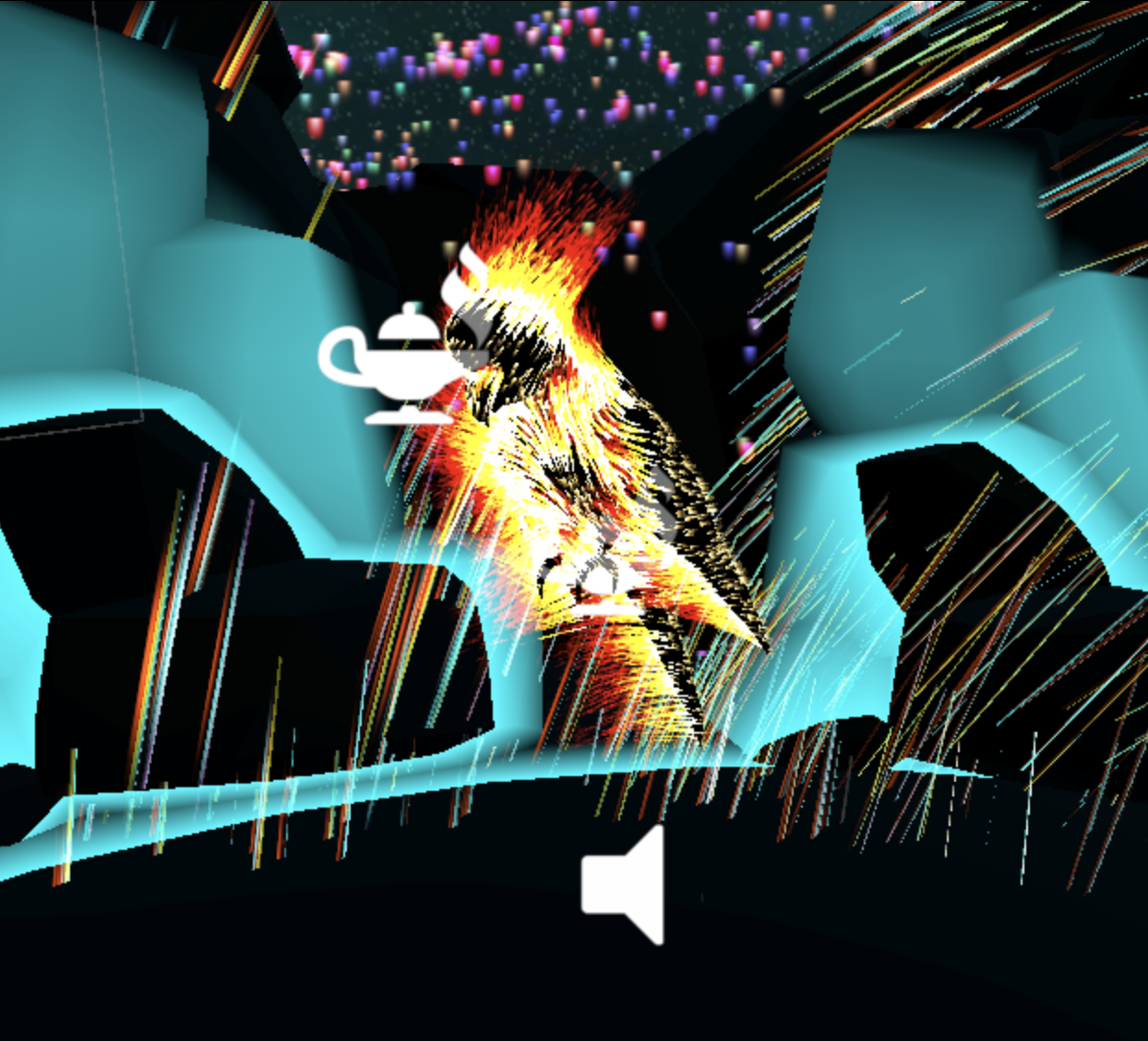
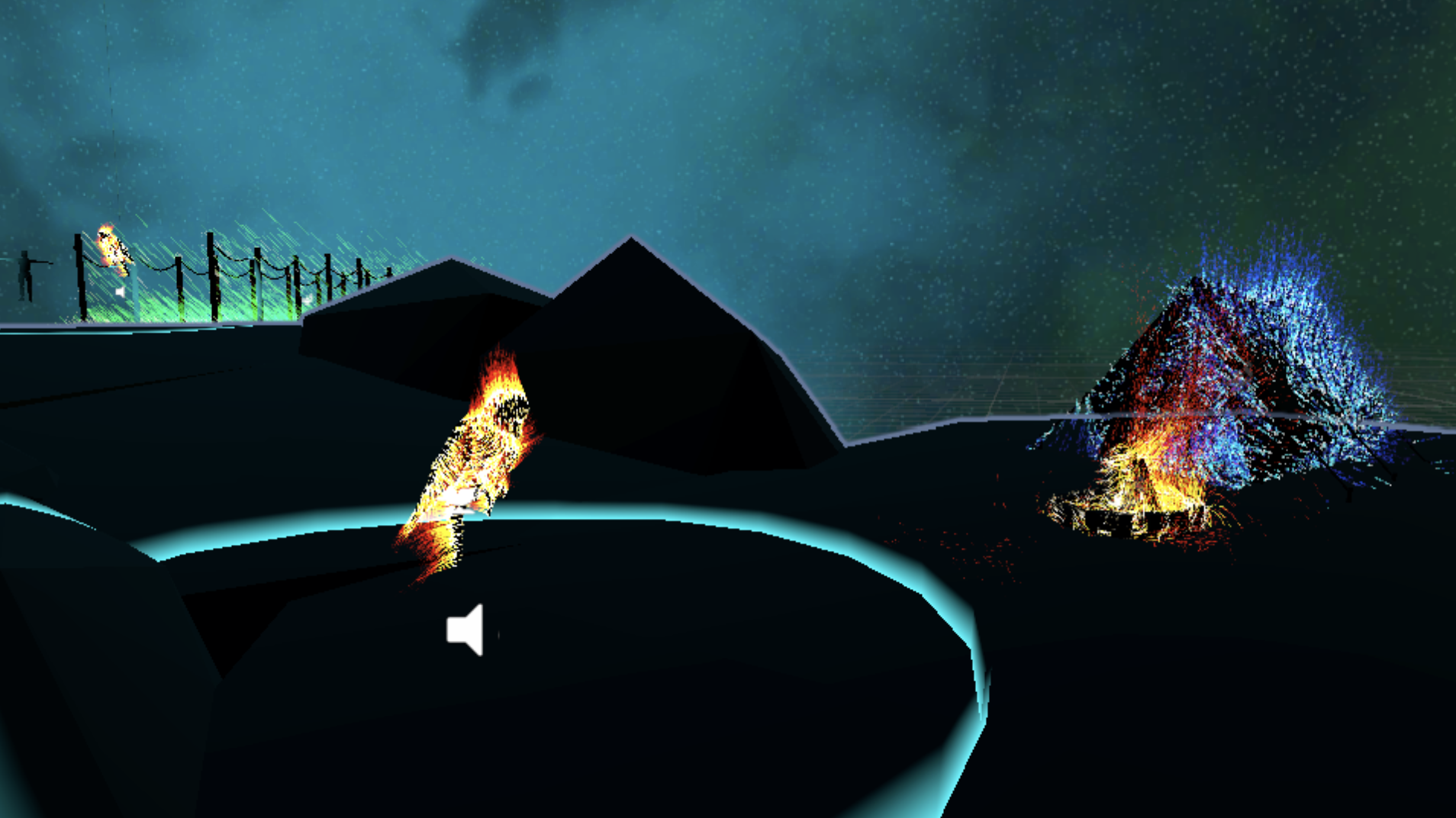
My Contributions to the VR Build
While I was responsible for a significant portion of the 3D modeling and environment design, I also contributed directly to building the VR experience in Unity. This included placing and optimizing 3D assets in the scene, setting up interactions, adjusting terrain and lighting, and refining spatial elements to enhance immersion. I worked closely with my teammates who had headset access, using their feedback to improve the layout, visuals, and functionality for VR.
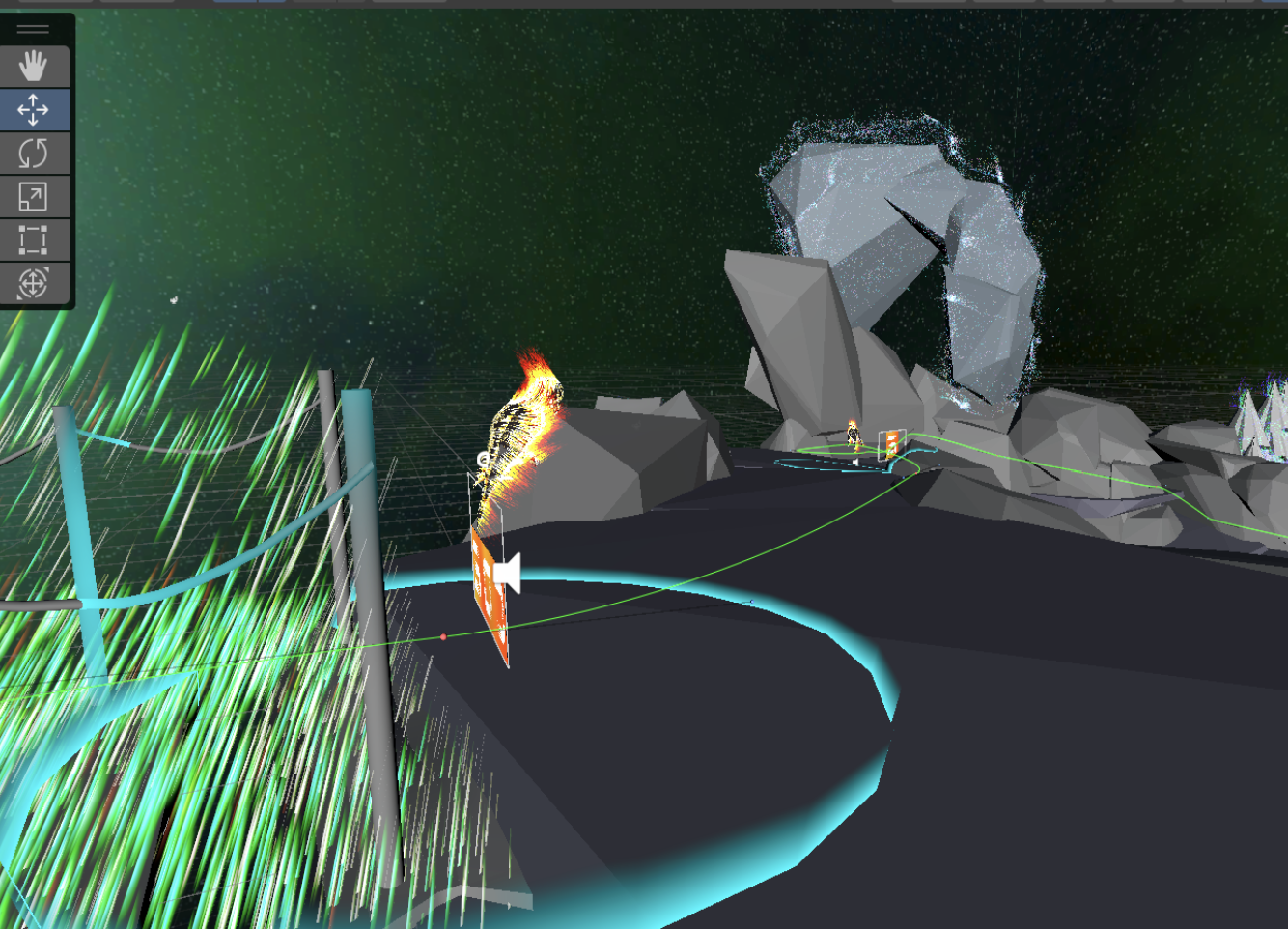
Challenges & Solutions
One of the main challenges was navigation in the dark environment. To address this, I created a Cloud Path — a particle-based cloud that follows a looping Bézier path, subtly guiding the player without breaking immersion. We also faced technical issues with GitHub collaboration, particularly when merging Unity scenes. Our team maintained strong communication and clear version control to work through these issues efficiently.
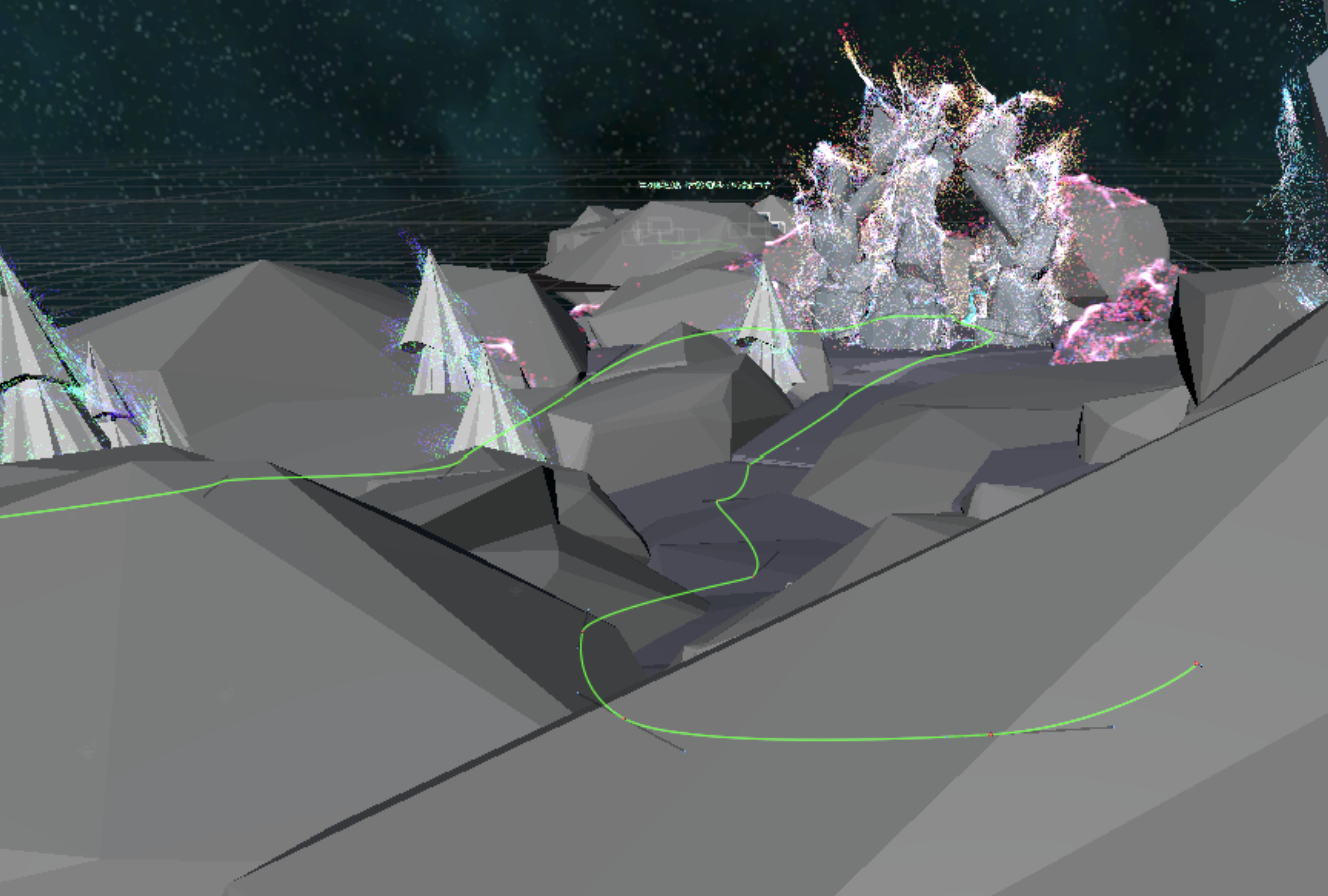
What I Learned
This project helped me strengthen my 3D modeling skills and my ability to design immersive environments in Unity. I learned how to solve design issues in-engine, like clipping and visibility, and how to create assets that support usability and exploration. It also deepened my understanding of how sound and interaction can be used to guide and reward users. This project also taught me how to build for VR environments, even when working without direct access to hardware — by staying flexible, relying on feedback, and translating my design skills into immersive interaction.
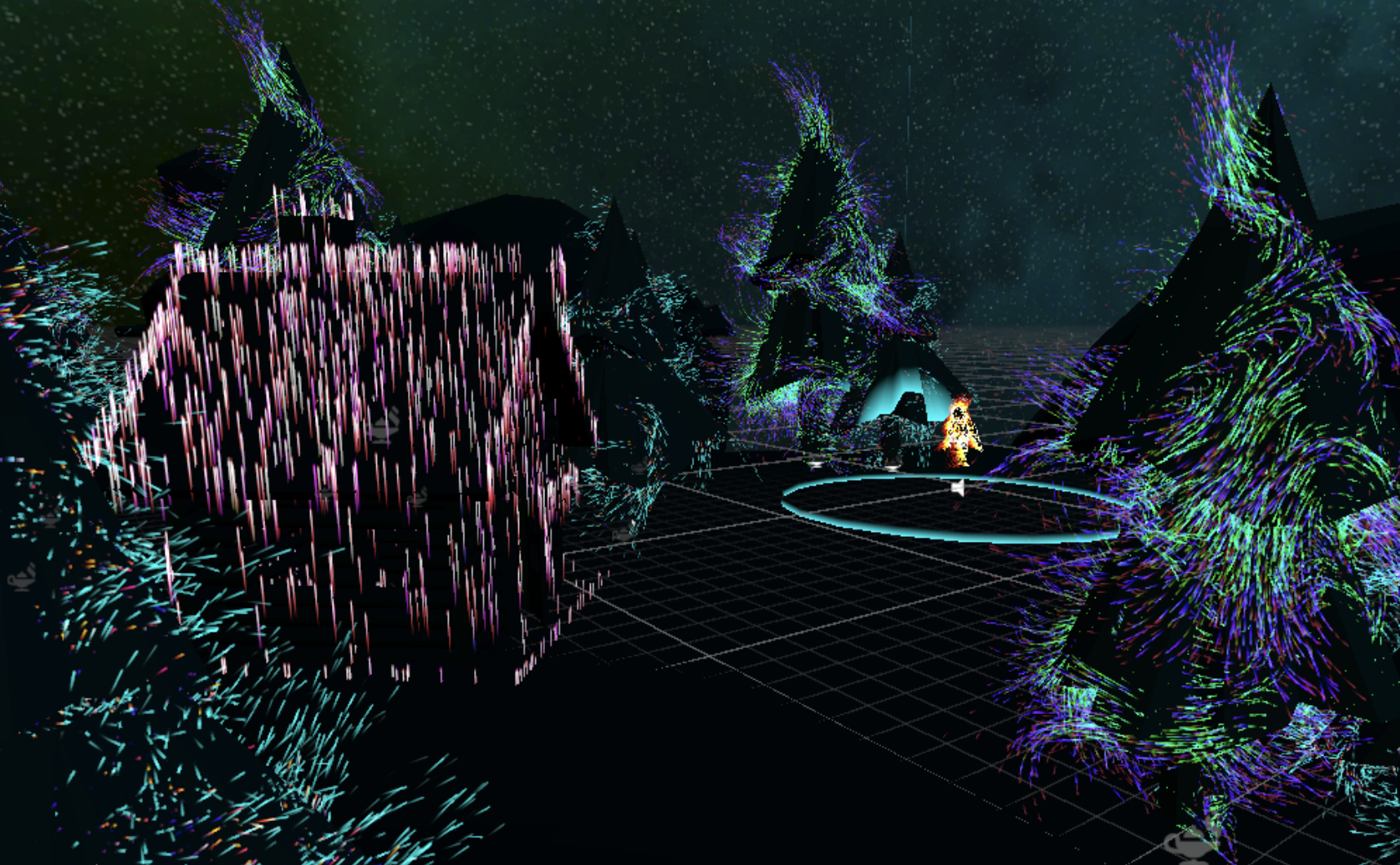
Technologies Used:
- C#
- Unity
- Autodesk Maya
- GitHub
- Particle Systems & Bézier Paths
- Photoshop
- Illustrator